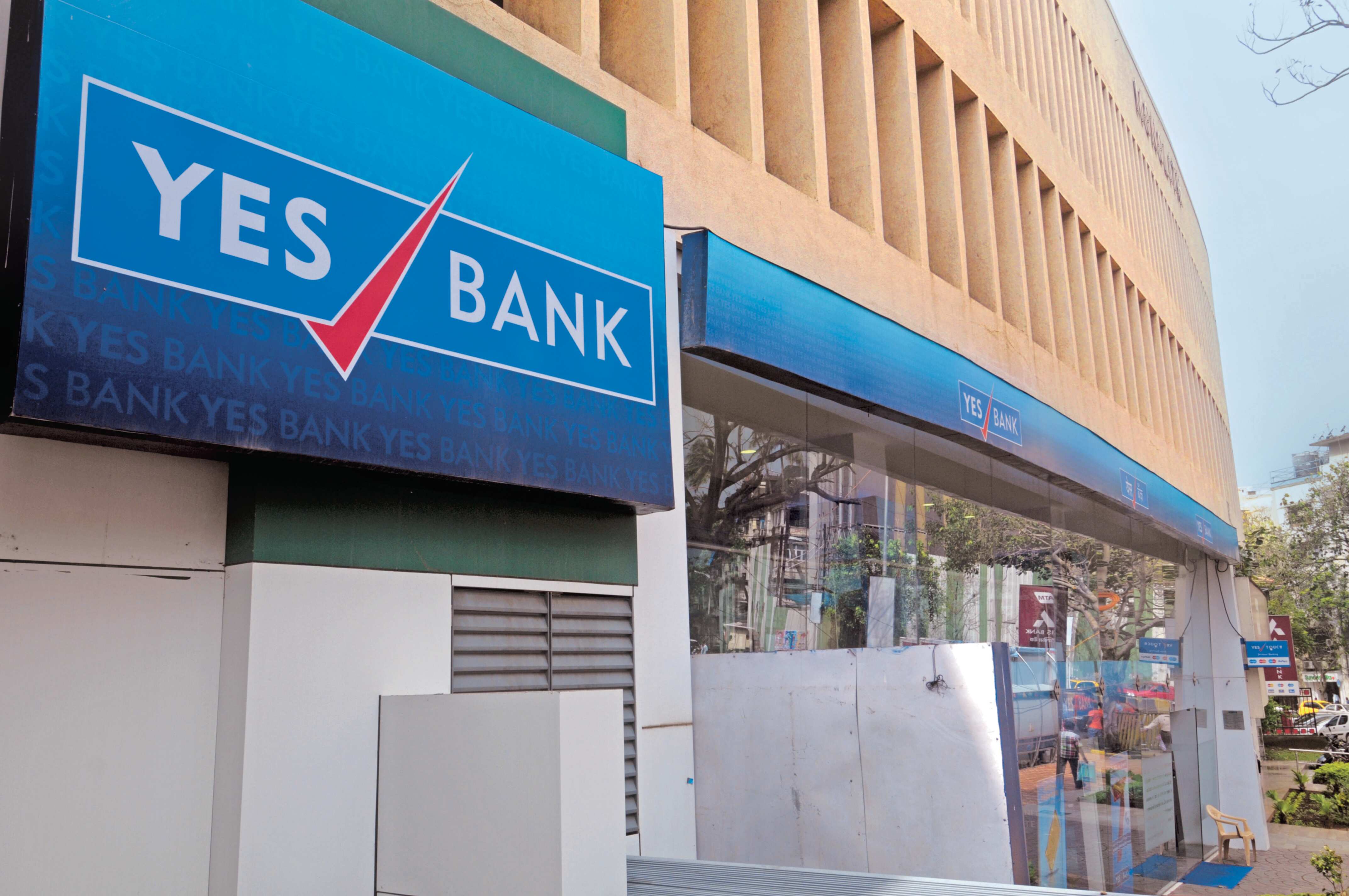
New Chapter in Indian Private Banking
Flashback: Yes Bank’s 2020 Meltdown
Just five years ago, Yes Bank teetered on the edge of collapse. Mounting bad loans, poor governance, and liquidity stress led the Reserve Bank of India (RBI) to take the extraordinary step of superseding the bank’s board on March 5, 2020. A rescue plan led by State Bank of India (SBI), with support from seven private banks, saved Yes Bank from failure.
Although the bank has since returned to stability, questions about long-term leadership and strategic direction have lingered.
Inside the Deal: Who’s Selling and What SMBC Is Buying
SMBC’s acquisition involves:
-
Buying 13.19% from SBI for Rs 8,889 crore
-
Purchasing 6.81% from Axis Bank, HDFC Bank, ICICI Bank, and other private banks
-
At a price of Rs 21.50 per share
This deal positions SMBC as the largest non-promoter shareholder in Yes Bank, signaling its long-term strategic intent.
Beyond Investment: Will SMBC Seek Control?
Industry insiders believe SMBC may not stop at 20%. With regulatory approval, it may look to increase its stake up to 51% and assume management control. However, RBI guidelines may limit voting rights to 26% or less, even if equity ownership crosses that threshold.
Still, SMBC’s goal is clear—becoming a central player in Yes Bank’s operations, governance, and transformation strategy.
Why SMBC Wants Yes Bank
For SMBC, this deal offers:
-
Access to India’s booming retail and SME banking markets
-
A turnaround-ready bank with national reach
-
Strategic expansion in South Asia, aligned with Japan’s Indo-Pacific economic goals
Yes Bank, on the other hand, benefits from:
-
Deep-pocketed investor backing
-
Global banking expertise
-
New leadership and transformation momentum
The Regulatory Lens: How Is RBI Viewing This?
The RBI has traditionally been protective of Indian banks’ ownership structure, especially when it comes to foreign control. But recent actions, like the DBS–Lakshmi Vilas Bank merger in 2020, show signs of a more flexible regulatory stance.
That said, the RBI is likely to:
-
Restrict SMBC’s voting rights, at least initially
-
Closely monitor management appointments
-
Require local compliance and board presence
In essence, foreign capital is welcome—but with Indian oversight.
Learning from the DBS-LVB Playbook
The DBS acquisition of Lakshmi Vilas Bank serves as a blueprint. While that was a crisis-driven merger, SMBC’s entry is a calculated strategic investment. The DBS case proved that:
-
RBI is willing to consider foreign ownership if it ensures stability
-
Operational control can be granted with strict compliance checks
-
India’s financial ecosystem can absorb foreign bank integration
SMBC’s approach is different—but it follows the same playbook of long-term commitment and local adaptation.
How the Markets Are Reacting
Investor sentiment around Yes Bank has remained cautiously optimistic. Key market takeaways include:
-
Potential for stock value re-rating
-
Increased trust in Yes Bank’s future
-
Rising interest from global financial players in Indian assets
Analysts suggest that regulatory clarity over the next few months will determine whether SMBC’s role will expand or remain passive.
The Big Picture: India’s Changing Banking Landscape
This deal may mark the beginning of a new phase in Indian banking—one where foreign banks no longer just open branches, but actively participate in bank ownership and governance.
If successful, it could:
-
Encourage more global strategic investments
-
Boost financial sector modernization
-
Enhance capital availability for Indian lenders
A Deal with Long-Term Impact
The Yes Bank SMBC deal is more than a stake sale—it’s a statement. It reflects:
-
India’s rising appeal to global banks
-
RBI’s measured liberalization of ownership rules
-
SMBC’s confidence in India’s banking future
Whether this evolves into a full-scale foreign-led management model will depend on RBI’s next move. But for now, one thing is clear: Yes Bank is once again at the center of a major shift in Indian financial history.